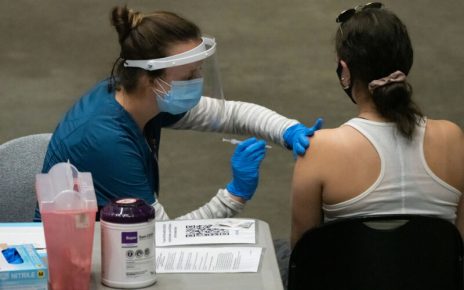At least two species of sacoglossan sea slugs are capable of severing their own heads from their bodies and then growing an entirely new body, including a heart and other internal organs. The authors of a new study published in the journal Current Biology postulate that the secret to the decapitated slugs’ survival might lie in the algae that makes up the majority of their diet.
It’s a type of self-amputation known in biological circles as “autotomy,” and many species exhibit some form of the phenomenon, most notably lizards and salamanders, which shed their tails (caudal autotomy) to evade predators (the tails usually grow back). Sea cucumbers can respond to stressful situations by ejecting their internal organs, which then regenerate. Starfish can shed their arms; sometimes those arms grow into new starfish. It’s much more rare in mammals, but there are two species of African spiny mice that can shed their skin to escape a predator’s clutches, regenerating all the damaged tissue (including hair follicles, sweat glands, fur, and cartilage).
Other species of sea slug, apart from those used in this latest study, will respond to being handled by dropping their “mantle skirt,” (which forms much of the slug’s dorsal surface area. But the ability to separate the head from the entire body—and not only survive, but regenerate— is an extreme form of autotomy that hasn’t been observed until now.





